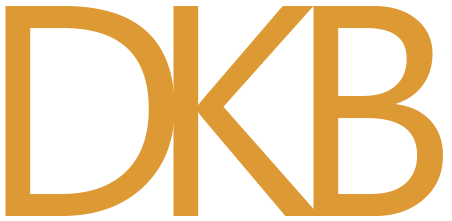Tigay and An Empirical Basis for the Documentary Hypothesis
The Documentary Hypothesis is one of the more interesting discussions in biblical studies. It’s also a fun party line.
Dr. Hess had a reference to a JBL article in his Israelite Religion book. Tigay’s first few paragraphs are a solid example of the back-and-forth on the subject:
In 1889 George Foot Moore confronted the charge that the documentary hypothesis had turned the Torah into “a crazy patchwork,” unparalleled in literature. The hypothesis had left itself open to such a charge because it was and has remained what its name implies — a hypothesis. It relies on internal, critical analysis of the received text rather than external, empirical data. Skeptics such as those addressed by Moore claimed that the process by which the hypothesis supposed the Torah to have been composed had no counterpart in the literary reality of the ancient world.
In response, Moore called attention to Tatian’s Diatessaron, a harmony of the four gospels produced around the year 170 in Syriac or Greek. The Diatessaron wove the four gospels into a single running narrative, thus leading to its ancient designation as the “Composite Gospel.” By comparing the Diatessaron with its sources, the separate gospels, Moore was able to show in it the entire repertoire of redactional techniques and signs of composition which critics had found in the Torah, a demonstration which led one observer to characterize the Torah as “the Diatessaron of the Old Testament.” The Diatessaron has since been cited frequently as an apt parallel to the composition of the Torah. But despite the elegance of Moore’s demonstration, the lateness of the Diatessaron left its applicability to the Torah open to question. I. Engnell, for example, dismissed the analogy and criticized the literary-critical approach to the Pentateuch as “a modern, anachronistic book view,…an interpretatio europaeica moderna” Such reasoning persists down to the present. Recently, K. A, Kitchen argued that
. . . the documentary theory . . . has . . . been elaborated . . . without . . . reference to other Ancient Oriental literatures to find out whether they had been created in this singular manner…Now, nowhere in the Ancient Orient is there anything which is definitely known to parallel the elaborate history of fragmentary composition and conflation of Hebrew literature (or marked by just such criteria) as the documentary hypotheses would postulate.
One is tempted to dismiss such an argument because of its reluctance to contemplate the unique. Nevertheless, one’s confidence in the documentary hypothesis would surely be increased by other, unimpeachable examples of the assumed method of composition in the milieu which produced the Torah. Such examples would enable the literary critic to base his work on something more than hypotheses about ancient literary techniques. Concrete examples would provide the critic with first-hand experience of compilers’ and redactors’ techniques, lending to his observations a refinement they could never have so long as they were based entirely on hypotheses devoid of external controls. Can such examples be found? (Jeffrey H. Tigay.
Tigay then makes a solid attempt at providing such an example.
This speaks a bit to what I was saying about Jonah:
“It could be X!”
“There’s no such thing as X!”
“But this X might be the only X! [Tigay gets style points for that one, but it’s also a lame argument: you shouldn’t argue something is like something and then snarkily jab that your opponent should be open to it being the only thing, especially when your thesis is that it isn’t)
But then we get to the point: “Well, this is an example of X.”
Again, hypotheses about the text should be empirically verifiable. And that’s the the intention of Tigay’s argument. And our disposition, as good Bible students, should be one of examination. Our conclusion(s) should come from the best, available evidence.

Member discussion